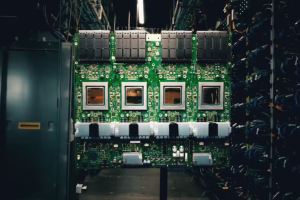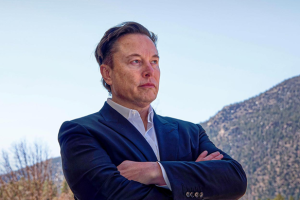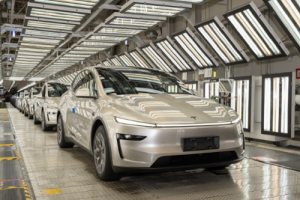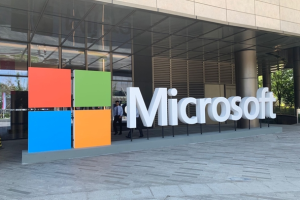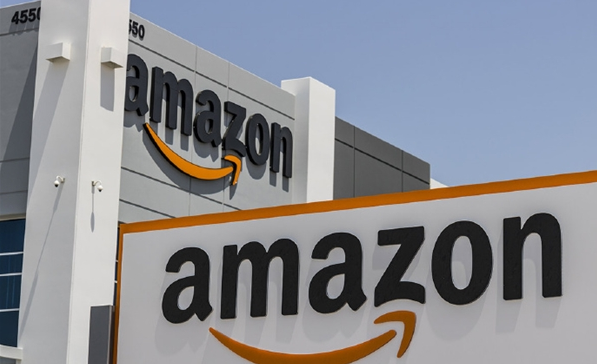May 14 2025 – Following the appointment of Lip-Bu Tan as Intel’s new CEO, the market has been abuzz with speculation about potential shifts in the chip giant’s strategic direction. However, during the JPMorgan Technology Conference (held on May 13 local time), Intel’s Chief Financial Officer, Dave Zinsner, clarified that Tan’s focus would be on enhancing the execution of existing strategies rather than embarking on a major restructuring.
Zinsner emphasized, “Our established strategies remain intact. What we need now is better execution. The artificial intelligence product line will be the only area where the new leadership will make significant adjustments.” This statement suggests that the much-discussed idea of splitting Intel’s design and manufacturing divisions is not a priority for the company in the near term. Despite recent calls from investors and analysts for such a move to boost efficiency and market value, Intel’s top brass appears to have no immediate plans for such a reorganization.
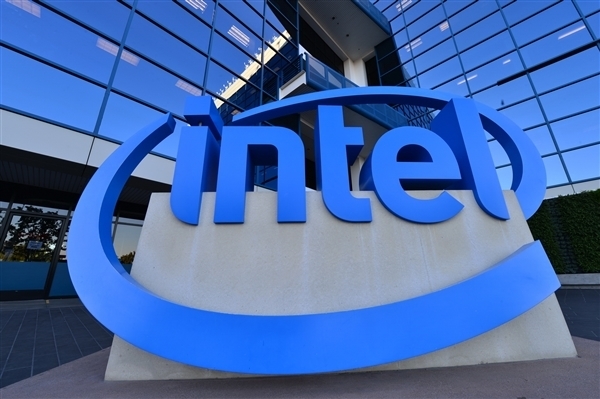
Zinsner also revealed that Intel’s new leadership team would be making substantial changes to its existing plans in the AI sector to strengthen the company’s competitive edge in the market. “The management reshuffle has enabled us to gain a clearer understanding of our operational strengths and weaknesses,” he noted.
Since Tan took the helm, Intel has reportedly begun streamlining its organizational structure, eliminating layers of management that hindered transparency in decision-making. Zinsner described how, in the past, the company’s management was often shielded from “good news, bad news, and even scandals.” The new leadership is now committed to establishing clearer channels of communication.
On another front, Intel continues to actively promote its foundry business, aiming to attract more external clients to utilize its manufacturing services. However, Zinsner acknowledged that Intel Foundry Services (IFS) has yet to secure large-scale production orders. “We’ve received test chip orders, but some clients have subsequently withdrawn. So, the committed volumes are certainly not substantial at this point,” he said.
According to financial reports, IFS generated $4.7 billion in sales in the first quarter of 2025, marking a 7% year-over-year increase. However, the majority of this revenue still comes from within Intel itself. Zinsner expressed optimism that IFS could achieve break-even status by some point in 2027, but he also emphasized that this would require generating billions of dollars in revenue from external clients.

